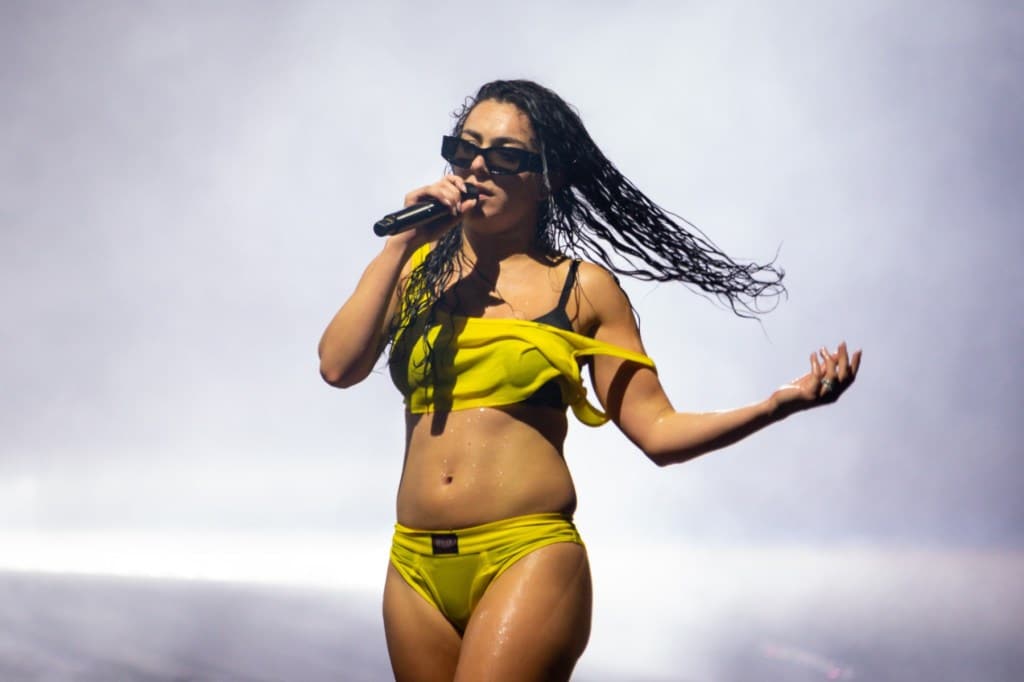Music
Page: 8

Trending on Billboard
Ed Sheeran may love to use a loop pedal on stage, but in life, he’s often out of the loop due to his refusal to own a phone. That’s why he found out about longtime bestie Taylor Swift‘s engagement to Travis Kelce weeks after the fact.
But after learning about the “Fate of Ophelia” singer’s big news at the same time as the rest of the world via her August announcement on Instagram, the British pop star apparently had a long conversation with Swift to get caught up to speed. Revealing that he met up with her just “a week after” he revealed to Andy Cohen in September that he’d not been privy to Swift’s engagement before the general public, Sheeran told Access Hollywood in a Nov. 28 interview, “When I saw Taylor, we had like a four-hour catch-up.”
“I’m not self-conscious about my relationship with her,” he continued, noting that he and his pal spent the time talking about “life stuff” together. “We’ve been friends for many years. We’re super close, and we see each other when we see each other. And when we see each other, we lock back into where we left off,” Sheeran added.
The two titans of pop music have indeed been close for a long time, with the pair coming together in 2012 for a collaboration on Swift’s Red album titled “Everything Has Changed.” Sheeran then joined the 14-time Grammy winner on the road for her Red Tour, and the two have teamed up on a number of tracks since.
Despite their bond, Swift forgot to tell Sheeran directly about her engagement because of his commitment to staying off the grid. “He doesn’t have a phone,” the Eras Tour headliner lamented to Jimmy Fallon in October. “And this is one thing I love about him … But when I’m going through, saying, ‘Hey, who should we call? Who should we FaceTime?’ I’m going through my texts and being like, ‘Who have I texted within the last like, month of my life?’”
But while he may have been late to the proposal news, Sheeran will definitely be at Swift’s nuptials to the Kansas City Chiefs tight end (that is, assuming the happy couple sends him an invite with the date and location by post rather than text or email). On U.K.’s Hits Radio Breakfast Show in October, Swift confirmed that Sheeran will be on the guest list and added that it will be “hard to keep” him from giving an impromptu performance at the reception.
“It’s like, Ed, if there’s a stage you know that you’ll be on it,” she said at the time. “He knows what people want, and he wants to give people what they want.”
Watch Sheeran discuss his recent catch-up with Swift below.

Trending on Billboard
It’s time to pull out those ties, suit jackets, church hats and pearls, because Nick Jonas is slipping into his Sunday Best era with a new solo album coming in 2026.
On Monday (Dec. 1), the Jonas Brothers star announced that he’s gearing up to release his first solo full-length LP in five years, Sunday Best, on Feb. 6. The 11-track project will explore Nick’s life as a husband to actress Priyanka Chopra and a dad to their daughter, Malti, according to a release.
“I’m so excited to share these new stories, candid thoughts, quiet walks home in the city, and snapshots of my life over these past few years,” the pop-rocker said in a statement. “And while this album was made over the course of the last two years, it was truly 33 years in the making.”
On Instagram, Nick shared the Sunday Best cover art, which features him looking at his reflection in a bathroom mirror while getting dressed for the day in khakis. On the wall behind him hangs a piece of construction paper with three paint handprints on it, most likely to represent the musician, his wife and their child.
Serving as Nick’s fifth solo album, Sunday Best will follow 2021’s Spaceman, which reached No. 12 on the Billboard 200. He’s released two albums with brothers Joe and Kevin since: 2023’s The Album and 2025’s Greetings From Your Hometown, both of which charted in the top 10.
As a soloist, Nick has also charted eight songs on the Billboard Hot 100 over the course of his career, including top 10 hit “Jealous.”
The singer has spent much of this year on tour with his brothers in celebration of their 20th anniversary as a band. They currently have dates scheduled through the very end of December, closing out 2025 with a performance at Hard Rock Live in Hollywood on New Year’s Eve.
See Nick’s announcement for Sunday Best below.

Trending on Billboard
Elton John & Bernie Taupin’s current Grammy nomination (best song written for visual media for “Never Too Late”) is their first as a songwriting team in 54 years. They share the nod with Brandi Carlile and Andrew Watt. The song, which was written for the documentary Elton John: Never Too Late, was nominated for an Oscar earlier this year.
It’s the first time John and Taupin have been nominated for a Grammy as a team since their music for the British-French teen romance Friends (no relation to the later smash TV series) was nominated for best original score written for a motion picture or a television special at the 1972 ceremony. (It lost to Isaac Hayes’ blockbuster Shaft soundtrack).
Amazingly, no John-Taupin collab has ever been nominated for song of the year. “Don’t Let the Sun Go Down on Me” was nominated for record of the year at the 1975 ceremony, but not song of the year. Their Oscar-winning “(I’m Gonna) Love Me Again” from Rocketman failed to even land a nod for best song written for visual media.
Both John and Taupin have been nominated for songwriting collabs with other partners. John received four nominations for the 1995 ceremony for co-writing songs for The Lion King with Tim Rice. “Can You Feel the Love Tonight” and “Circle of Life” were nominated for both song of the year and best song written specifically for a motion picture or for television. (The songs lost to Bruce Springsteen’s haunting “Streets of Philadelphia” from Jonathan Demme’s AIDS drama Philadelphia, an outcome that John, a longtime AIDS activist, was probably more than OK with.) John and Rice won best musical show album in 2001 for composing the score for Elton John & Tim Rice’s Aida.
Taupin received a best country song nod for the 2003 ceremony for co-writing “Mendocino County Line” with Matt Serletic. Willie Nelson recorded the song with Lee Ann Womack for his 50th studio album, The Great Divide.
John broke through in 1970, but didn’t win his first Grammy until 1987, for his featured role on Dionne & Friends’ “That’s What Friends Are For.” He won his first Grammy for one of his own records in 1992 when “Basque” won best instrumental composition. He composed the instrumental for flute player James Galway.
John has won five Grammys, far fewer than you might imagine for an artist of his stature. Taupin has yet to win one. “I’ve never been a favorite of the Grammys, I have to say,” John told writer Chris Willman in a current cover story for Variety. “It’s been very rare that I’ve won anything.”
John’s husband, David Furnish, added: “Elton and Bernie have never won a Grammy — can you believe that? — as a pair of songwriters.”
John received a Grammy Legend Award in 2000 but has yet to receive a lifetime achievement award from the Recording Academy. Taupin has yet to receive a Trustees Award (the equivalent award for non-performers). They have fared better in other prestigious honors programs. They received the Songwriters Hall of Fame’s highest honor, the Johnny Mercer Award, in 2013, and are the reigning recipients of the Gershwin Prize for Popular Song.
How does John and Taupin’s tepid Grammy showing compare with other legendary songwriting teams? Let’s start with the most fabled songwriting collaboration of them all – John Lennon and Paul McCartney. They received 10 Grammy nods in songwriting or composing categories.
Let’s also look at the nine collaborations that have received the Johnny Mercer Award from the SHOF. All but one has received at least one Grammy nod as a team. That one is the human hit factory known as Holland/Dozier/Holland, who collaborated on some of the biggest and best hits of the 1960s, including “Stop! In the Name of Love,” “You Can’t Hurry Love,” “I Can’t Help Myself” and “Reach Out I’ll Be There.” No Grammy nods for any of those songs? Please.
Jerry Leiber and Mike Stoller, like John and Taupin, received two Grammy nods as a team. Looking at the other Mercer Award recipients, and listing them in ascending order in number of nods as a team, we find Barry Mann and Cynthia Weil (four), Broadway scribes Jerry Bock and Sheldon Harnick (five), Burt Bacharach and Hal David (six), Broadway scribes Betty Comden and Adolph Green (eight), Kenny Gamble & Leon Huff (nine) and Marilyn and Alan Bergman (11).
This year’s other nominees for best song written for visual media are “As Alive as You Need Me to Be” from TRON:Ares (Trent Reznor & Atticus Ross), “Golden” from KPop Demon Hunters (EJAE & Mark Sonnenblick) and three songs from Sinners – “I Lied to You” (Ludwig Göransson & Raphael Saadiq), “Pale, Pale Moon” (Ludwig Göransson & Brittany Howard) and “Sinners” (Leonard Denisenko, Rodarius Green, Travis Harrington, Tarkan Kozluklu, Kyris Mingo & Darius Poviliunas). “Golden” also received a nomination for song of the year, so it’s probably the front-runner in this category.
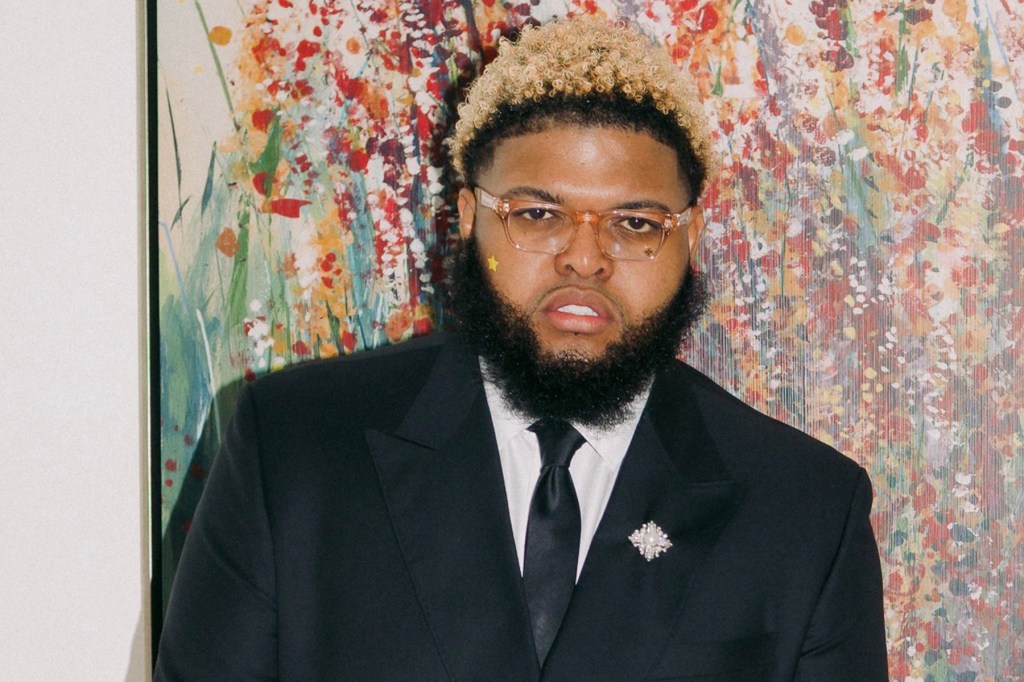
Trending on Billboard It’s almost time to find out what artists, songs and albums dominated the 2025 Billboard year-end charts — and this year, we’re doing it live. Comedian and social superstar Druski will host the Billboard 2025 No. 1s Livestream on Tuesday, Dec. 9, starting at noon ET/9 a.m. PT, where he’ll welcome special […]
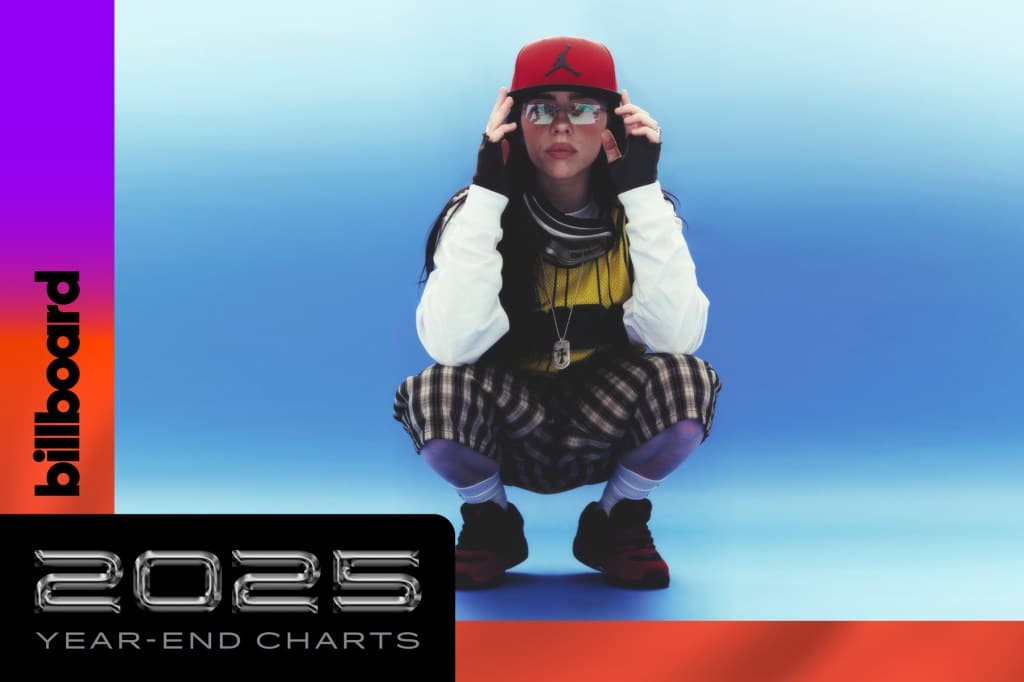
Trending on Billboard
The full list of Billboard’s 2025 year-end charts are almost here, and we’re counting down the days to their unveiling on Tuesday, Dec. 9, with a special look at select rankings in the lead-up to the big reveal — starting with two of the year-end rock charts.
On Dec. 9, hundreds of year-end charts will be posted on Billboard’s website, following the conclusion of the Billboard 2025 No. 1s Livestream, hosted by Druski, which will broadcast on the Billboard News YouTube channel and BillboardTV on Samsung TV Plus starting at noon ET/9 a.m. PT, as special surprise guests stop by to celebrate the year in chart-toppers.
To kick off our year-end charts countdown, we’re dropping the top 10 of the 2025 Top Rock & Alternative Albums and Top Rock & Alternative Songs charts below – and both are led by Billie Eilish.
She leads the former with her 2024 release Hit Me Hard and Soft, and the latter with the album’s hit single “Birds of a Feather.” Hit Me Hard and Soft debuted at No. 1 on the weekly Top Rock & Alternative Albums chart dated June 1, 2024, and hasn’t left the chart. Further, it never went lower than No. 6 during the 2025 year-end chart eligibility year (Oct. 26, 2024, through Oct. 18, 2025). “Birds of a Feather” was equally as dominant, flying in at No. 4 on the June 1, 2024 Hot Rock & Alternative Songs chart and has perched on the list ever since. It hit No. 1 in August 2024, and it never ranked lower than No. 4 during the chart year.
For the top 10 of both lists, scroll below. The full depth of both rankings (beyond the top 10 of each) will be posted Dec. 9 alongside the complete menu of Billboard’s 2025 year-end charts.
Take a look at the top 10s below.
Billboard’s year-end music charts represent aggregated metrics for each artist, title, label and music contributor on the weekly charts from Oct. 26, 2024, through Oct. 18, 2025. Rankings for Luminate-based recaps reflect equivalent album units, airplay, sales or streaming during the weeks that the entries appeared on a respective chart during the tracking year. Any activity registered before or after a title’s chart run isn’t considered in these rankings. That methodology detail, and the October-October time period, account for some of the difference between these lists and the calendar-year recaps that are independently compiled by Luminate.
2025 Year-End Top Rock & Alternative Albums: 10. Olivia Rodrigo, Guts

Trending on Billboard Radiohead has been forced to postpone a pair of shows on their comeback tour of Europe due to illness. In a statement posted to their social channels on Monday morning (Dec. 1), the band announced that frontman Thom Yorke was suffering from an “extreme throat infection” and two upcoming shows in Copenhagen, […]

Trending on Billboard While Americans were celebrating Thanksgiving by gobbling up turkey, stuffing and more football than is absolutely necessary, Rihanna spent the holiday weekend honoring her home country of Barbados while also sneaking in a few previously unseen pregnancy bikini pics. The singer paid tribute to the Caribbean island nation where she was born […]
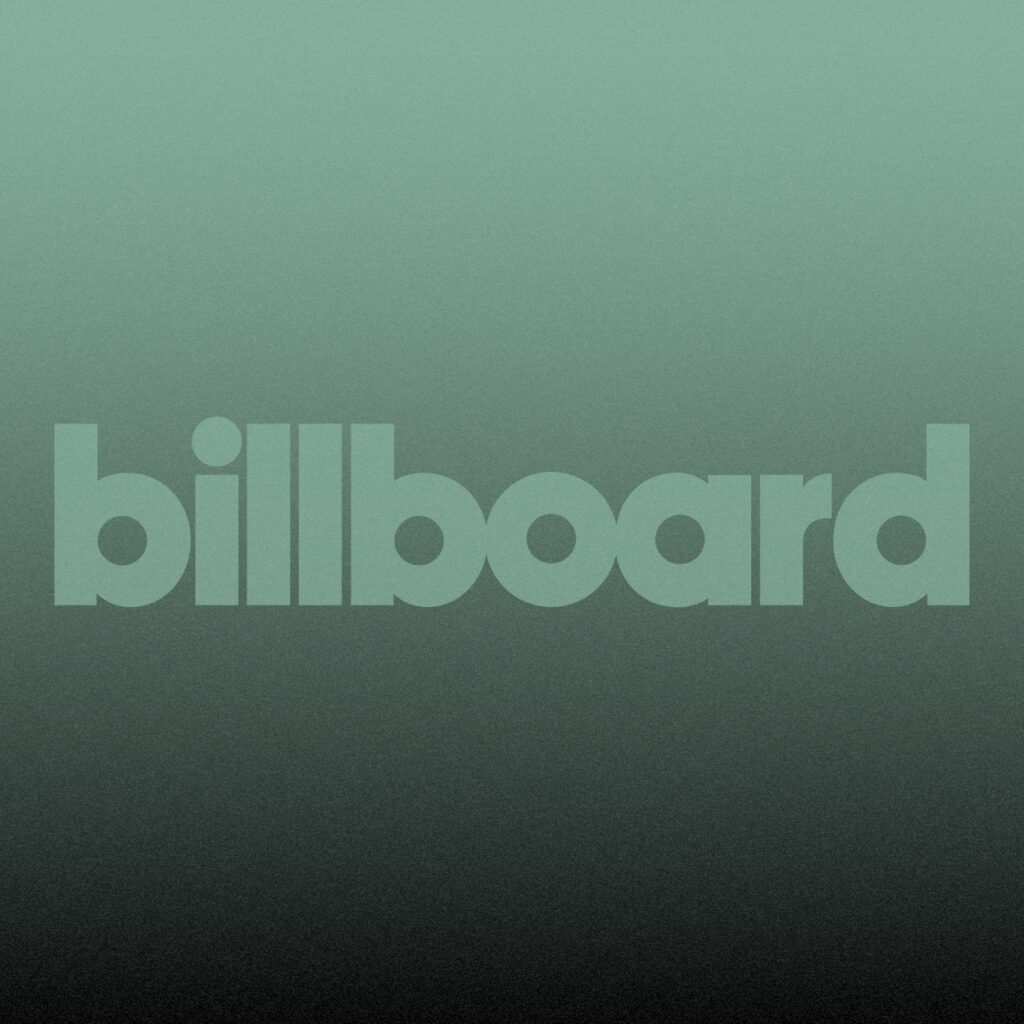
Trending on Billboard You already knew Jon Stewart could skewer bloviating politicians with effortless, cutting wit. But did you know he can also rock the house? The 63-year-old Daily Show legend proved it’s never too late to learn a new trick on Friday (Nov. 28) when his indie rock band, Church and State™️ made their […]
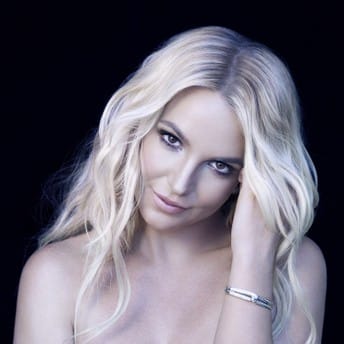
Trending on Billboard Britney Spears is back on Instagram doing what she does: dancing and sharing small glimpses into her private life. The singer who deactivated her Insta account on Nov. 2 before quietly reactivating it less than a month later, took to her feed over the Thanksgiving holiday weekend to offer up a bit […]
Trending on Billboard
Charli XCX, RAYE and Florence and the Machine are among the six headliners for Reading & Leeds Festival 2026.
The dual site English festival – held concurrently in Reading’s Richfield Avenue and Leeds’ Bramham Park – will also be headlined by Fontaines D.C., Dave and dance duo Chase & Status. The event will take place across the Bank Holiday weekend on Aug. 27-30.
SOMBR, Skepta and Geese are also among the names to join the lineup’s first announcement, with Kasabian set to be Leeds’ festival’s first ever Thursday headliner with a slot on the main stage. In recent years, two headline acts per day have taken to the stage across the Friday, Saturday and Sunday.
Also appearing on the bill will be Role Model, JADE, Josh Baker, Kneecap, Kettama, Chris Stussy (Reading only), Geese, Skye Newman, Adéla and Keo. More names will be announced in due course.
A PayPal presale for the event is live now (Dec. 1) with a second presale taking place tomorrow (Dec. 2) before a general sale on Wednesday (Dec. 3).
Florence and The Machine and Dave have both headlined the festival previously, the former in 2012 and the latter in 2022. All other headliners have appeared a number of times throughout the festival in recent years.
Its the first show announced for Fontaines D.C. following the conclusion of their Romance tour in August 2025 and is billed as their only U.K. festival appearance in 2026. Charli XCX will also return to the stage for her sole U.K. festival performance and will follow the release of her upcoming Wuthering Heights soundtrack LP in February 2026.
Speaking to Billboard U.K. earlier this summer, festival boss Melvin Benn reflected on why he was keen to give upcoming stars the opportunity to headline over legacy acts. 2025’s event was headlined by Chappell Roan, Travis Scott, Bring Me The Horizon, and Hozier.
“I think it’s a pointer to all festivals to not be afraid and to be bold with their bookings,” Benn says of Roan’s headline slot in 2025. “To say that you were there when Chappell criticised Donald Trump from the Reading Festival stage, for example, or when Hozier stood up and said, ‘Free Palestine’… only a certain number of people can be there at that moment and actually experience it.”

 State Champ Radio
State Champ Radio 